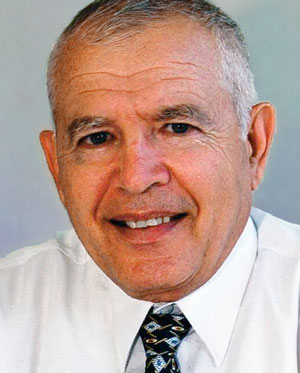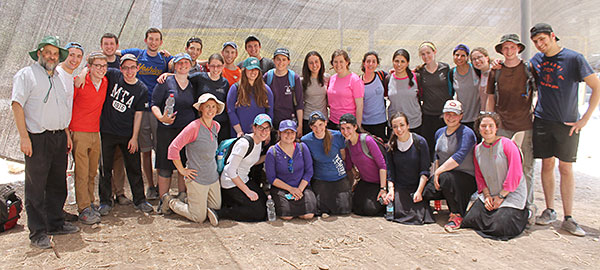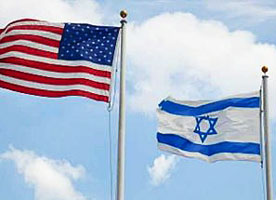 After an ancient clay jug found in the biblical Sha’arayim – where David fought Goliath – was painstakingly pieced together, a noted BIU Bible scholar sheds light on the inscription “Eshbaal son of Beda.”
After an ancient clay jug found in the biblical Sha’arayim – where David fought Goliath – was painstakingly pieced together, a noted BIU Bible scholar sheds light on the inscription “Eshbaal son of Beda.”
Prof. Emeritus Moshe Garsiel, an authority on King David’s history, believes the mysterious persona was the Sha’arayim fortress commander and co-founder of an elite military unit in the Kingdom of Judah. According to Garsiel, former Jewish Studies Dean, Eshbaal established a unit of 30 brave warriors, which would accompany David in special operations before he was crowned, when he was fleeing from King Saul.
 In the books of Samuel II and Chronicles I, we read of David and some of his mighty men who slew four giants from Philistine Gath. “The Chief of the First Platoon of The Thirty” is described as “he who sat in the assembly of the wise” (Samuel II) and as “Jashoboam son of Chachmoni” (Chronicles I). However, in the Septuagint (Targum HaShivim) and some ancient manuscripts, the original name is preserved, as “Ishbaal.”
In the books of Samuel II and Chronicles I, we read of David and some of his mighty men who slew four giants from Philistine Gath. “The Chief of the First Platoon of The Thirty” is described as “he who sat in the assembly of the wise” (Samuel II) and as “Jashoboam son of Chachmoni” (Chronicles I). However, in the Septuagint (Targum HaShivim) and some ancient manuscripts, the original name is preserved, as “Ishbaal.”
Why are there several versions for this name? Garsiel relays that the scribes who copied the Bible acted as they did with Saul’s son, Ish-Bosheth, “who was also first called ‘Ishbaal,’ and because they could not bear including the Pagan Canaanite Diety of ‘Ba’al,’ they simply changed it to ‘shame (Bosheth).'” Another scribe altered the commander’s name to the more respected “yoshev bashevet tachkemoni” – “he who sat in the assembly of the wise.”
“What I found striking was that in two different versions of the Targum HaShivim of Chronicles, the commander’s name appears as ‘Ishbada.’ This means that they had removed the pagan element from his name – ‘ba’al’ – but kept the first part of the name, and amazingly they kept his father’s name Beda—the exact same name as the father of the fortress commander. This confirmed my conclusion that we’re in fact talking about the commander of King David’s elite unit,” elucidates Garsiel.
The jug found in the Hebrew U excavations at Sha’arayim was probably sent by a wealthy farmer as a symbol of support and as part of the supplies for the unit defending local residents against Philistine raids. With Gath only eleven kilometers from the fortress, David needed an adept regional commander to protect Sha’arayim and the road to Jerusalem and Bethlehem. For this job David sent Ishbaal from Hebron, and this established him as the commander of David’s mighty warriors and other troops at the Sha’arayim fortress. Ishbaal returned to the place where he had earlier “trained” as a platoon commander, while Saul pursued David, but this time he has been promoted to serve as a commander of the Israelite Army stationed in the fortress and vicinity.
Later, when the Philistines were subdued, David’s mighty warriors were transferred to Jerusalem to guard the palace and capital. Ishbaal son of Beda – who at the start of his career valiantly led 30 soldiers – has now become the esteemed commander of 24,000 men who, in lieu of combat during this peaceful period, construct roads and maintain the king’s property. Concludes Garsiel: “This analysis contributes to the reliability and the historicity of the book of Samuel much debated in scholarly circles in the last four decades.”








